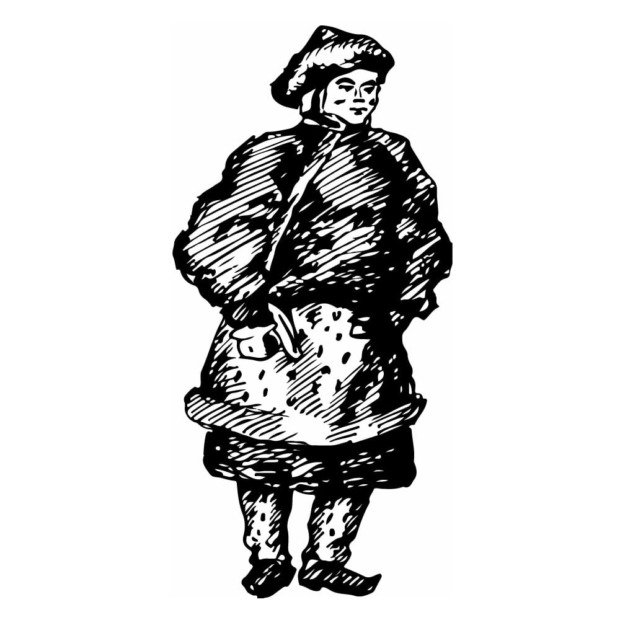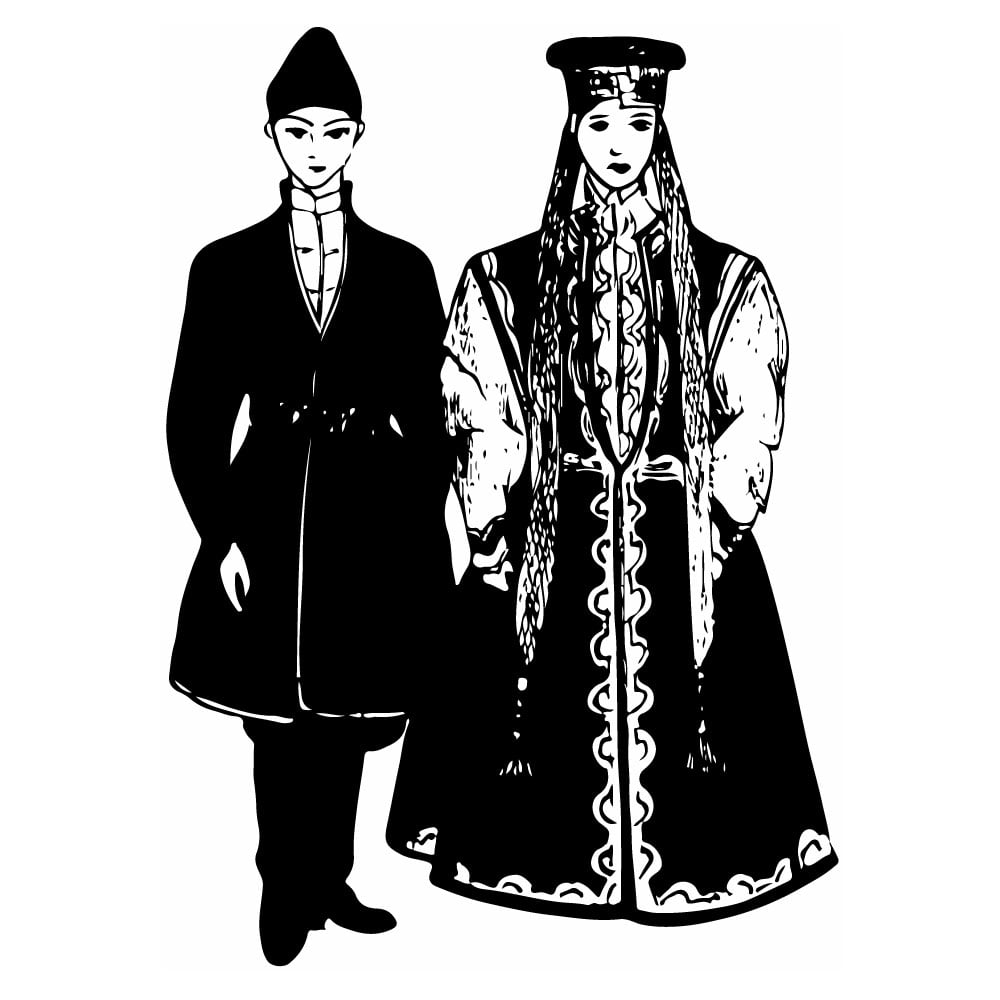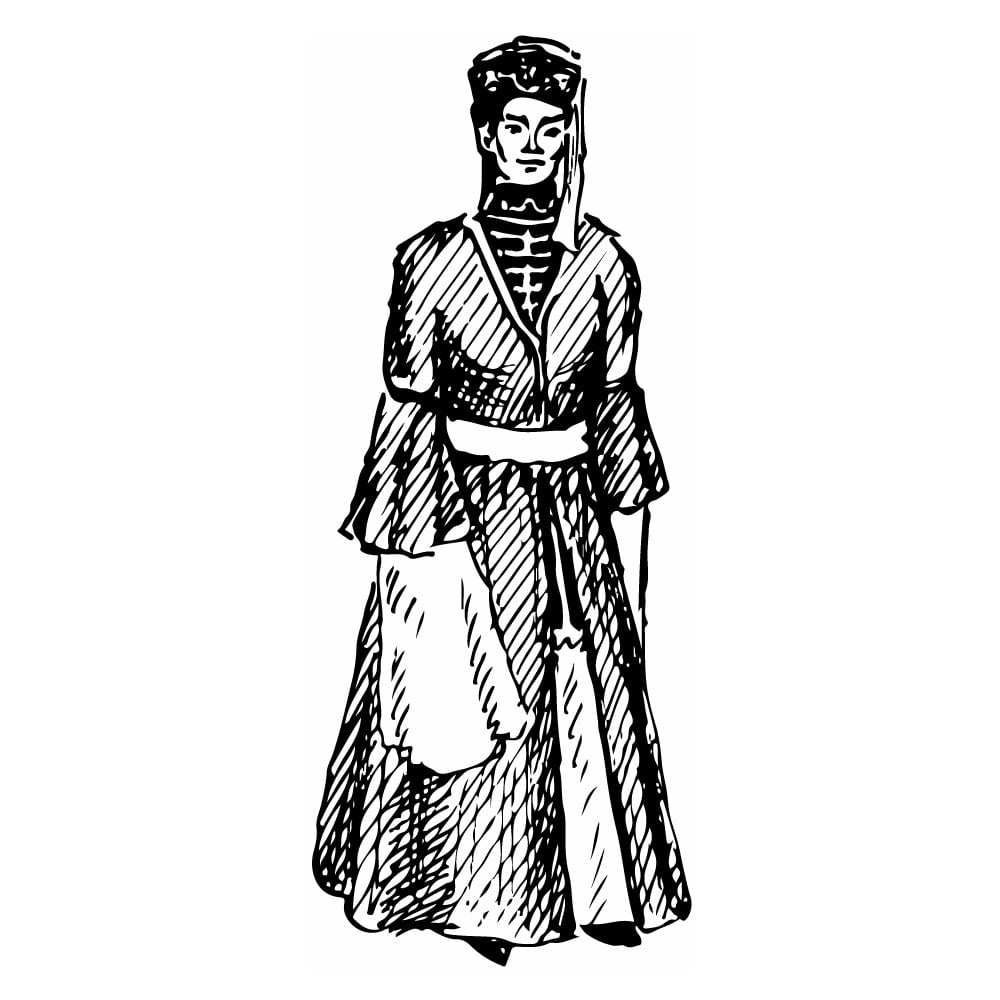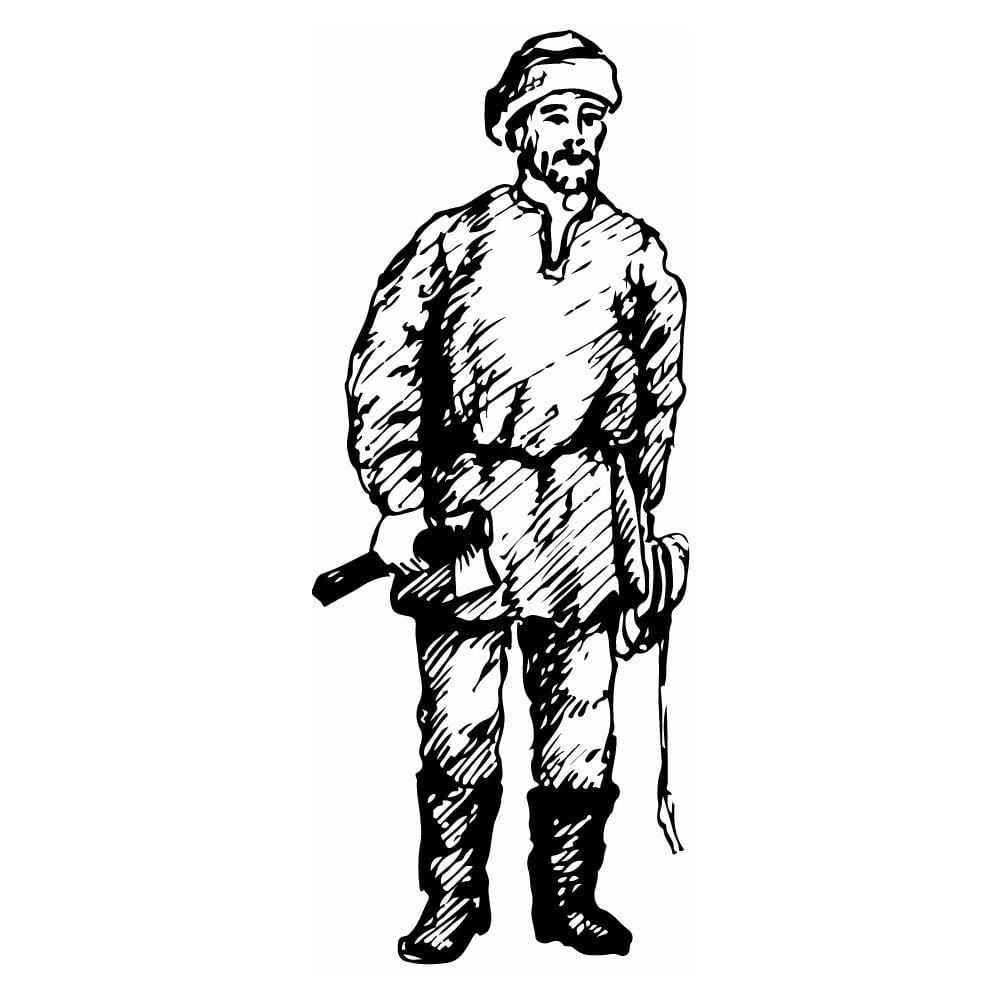Nivkhi (Gilyak)
| Population | 4,700 |
| Language group | Paleoasiatic |
| Language | Nivkhi (Gilyak) |
| Region | North Sakhalin, the Lower Amur regions |
| Religion | Shamanism |
*Population estimates for 1994
The name of the people comes from the word “Nivkhi” meaning “man.” In Russian pre-Revolutionary literature they were famous as the “Gilyaks.” In territorial aspect, the Nivkhi are divided into two groups: Continent (Amur) and Sakhalin. Though the Nivkhi were referred to Paleoasiatic group, their language and traditions are different from the other peoples of this group. They are considered to be the descendants of the ancient population of the Lower Amur. The musical culture of the Nivkhi was very poor.
The first mention of the Nivkhi dates back to the seventeenth century. According to Cossack descriptions, they lived in populous settlements of wooden houses. Beside the houses there were barns and pegs for drying fish. The Nivkhi wore clothes made of fish and animal skins. They kept many dogs. Their main occupation was fishery, and the main food was fish. They traded with the Chinese, Aini, and Tungus.
Besides fishery, the main occupation of the Nivkhi was sea animal hunting. Hunting played a lesser part for them compared with the other Amur people. Agriculture began to develop in the middle of the nineteenth century when they first began to plant potatoes. Even before the arrival of the Russians, they were already skilled blacksmiths. Copper and silver encrustation was popular among the Nivkhi.
The old summer dress was very much alike to that of the Nanai. It consisted of a knee-long robe, trousers, footwear made of seal skin, and a cone-shaped birch bark hat. The women’s summer robe was made of fish skin or fabric, and was cut to a longer length than the men’s, and was decorated with copper plates along its hem. In the winter, it was a common practice for them to wear fur clothes with the fur outside. The headdress was a fur hat with ear-flaps. Up until the beginning of the twentieth century it was not common to cut hair; men wore their hair braided in one plait and women wore two plaits.
Through the beginning of the twentieth century, the Nivkhi were considered Orthodox, however, their ideology remained animistic. They pictured Sakhalin Island as a human-like creature. They held some of the same ideas about trees, mountains, water, land, and so on as the animists. The killer whale, in their imagination, was “iz” meaning “master of all other animals.” The sky in their imagination was inhabited by the “heavenly people.” Many taboos were connected with fire. The main responsibility of the shamans was healing of people and permanent fight with the evil spirits.
Traditional folklore of the Nivkhi is diverse. They know many songs, folk tales, proverbs, sayings, and myths reflecting their ideas about the Universe. Decorative art is presented by wood and bone carving, embroidery and applique work on clothes.
This is Ad 1





























